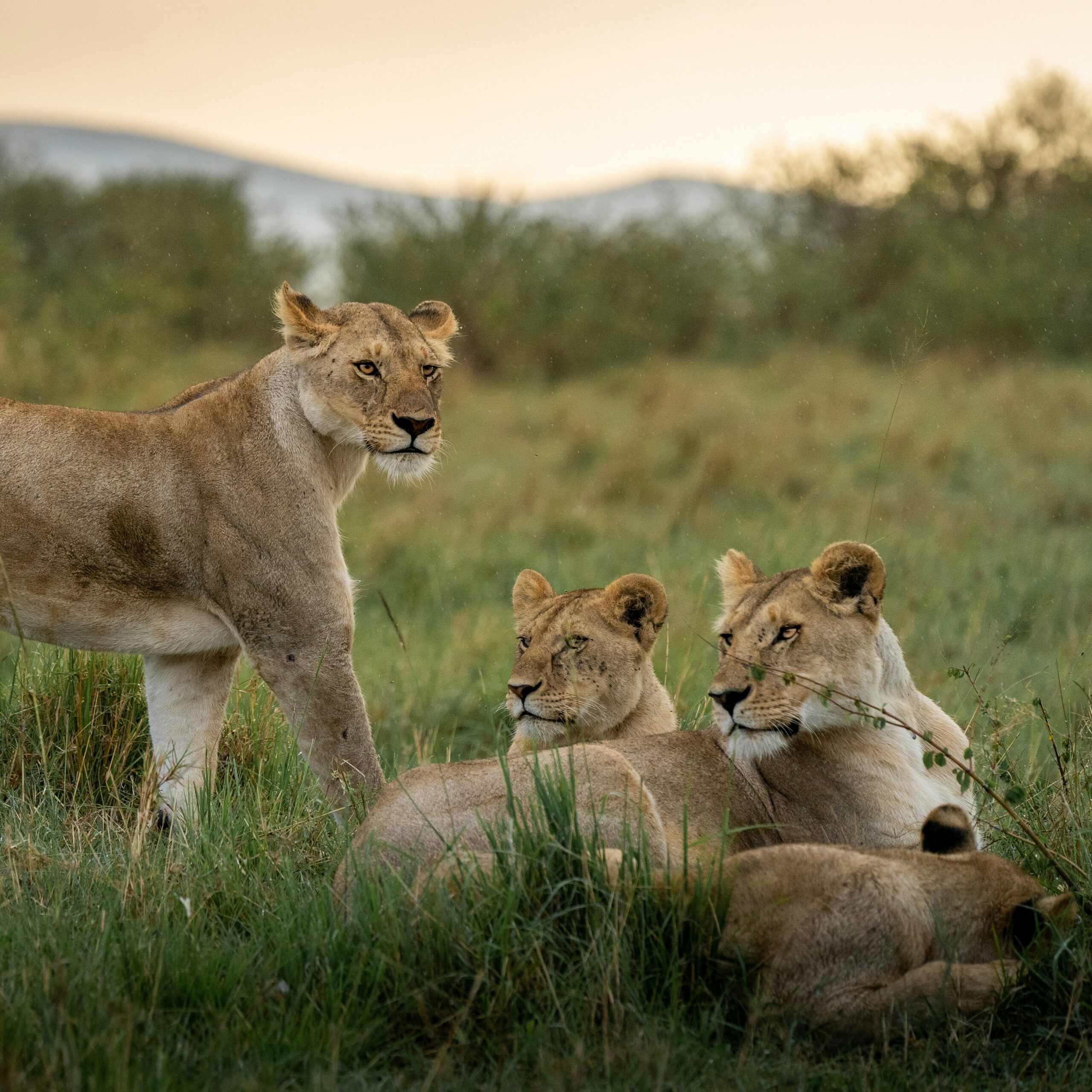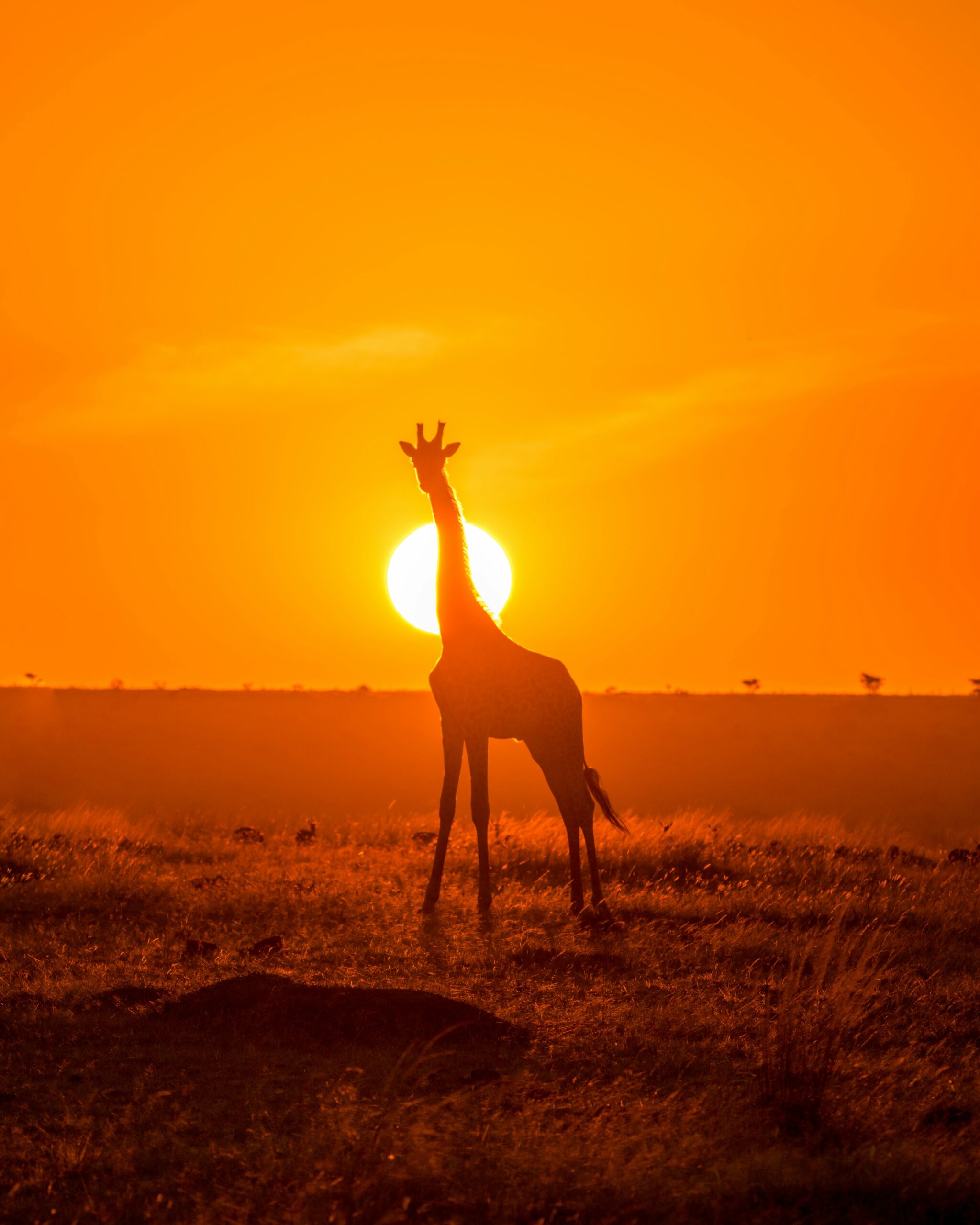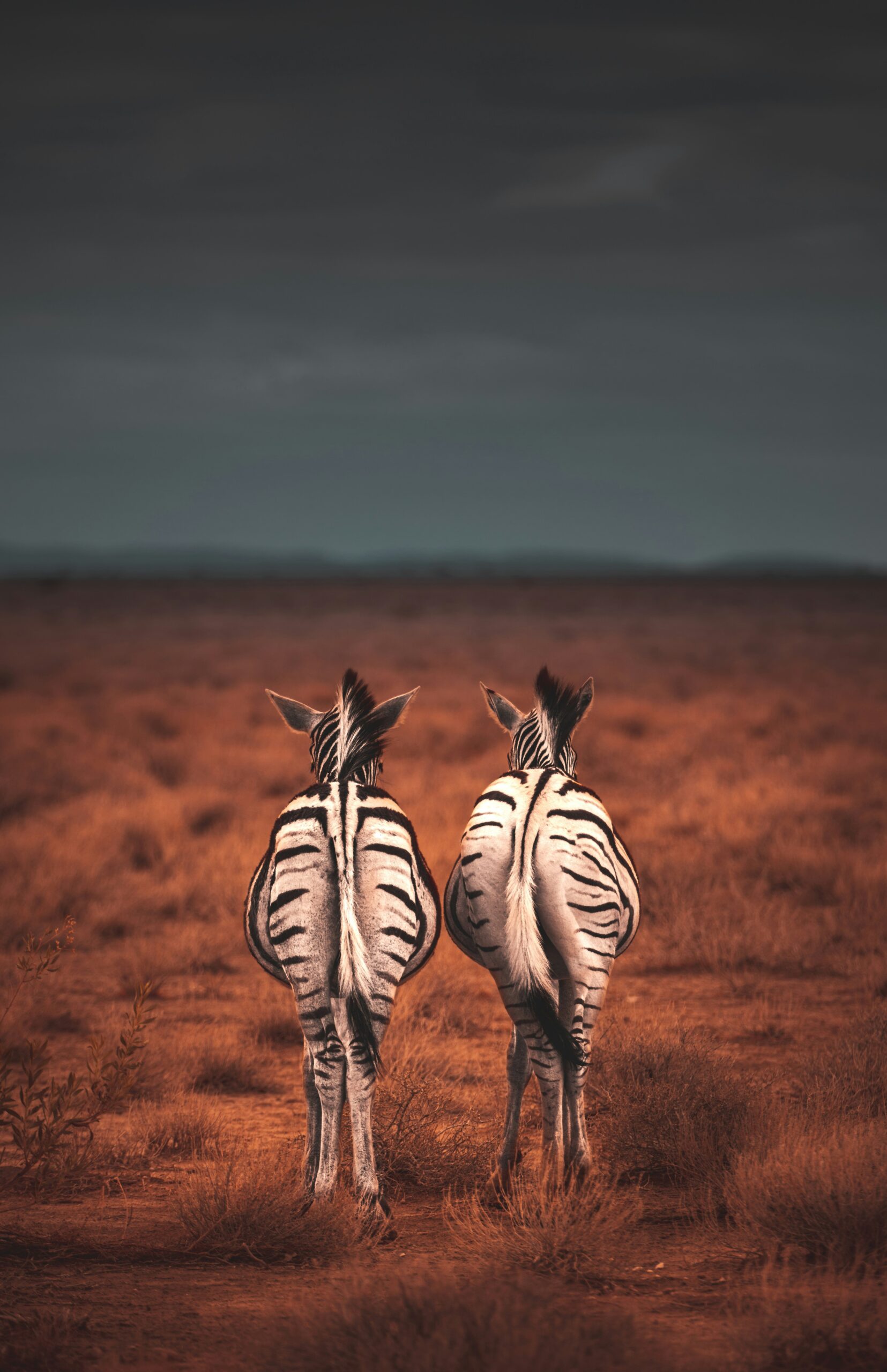Have you ever found yourself amidst nature, gazing at a breathtaking scene through a pair of binoculars, and thought, “Can I capture this moment through my lens too?” The question of whether binoculars can be used for wildlife photography is both intriguing and practical, especially for those who are new to photography or on a budget. In this exploration, you’re about to embark on a journey through the possibilities and limitations of using binoculars as a tool in wildlife photography.

Understanding the Basics: What Are Binoculars?
Binoculars are optical devices designed to provide magnified views of distant subjects. They consist of two telescopes mounted side by side, allowing you to view distant objects with both eyes. This dual-tube design offers a three-dimensional image, creating a more natural and comfortable viewing experience. The primary use of binoculars is to enhance your vision, bringing faraway landscapes, animals, and even stars closer to you.
Types of Binoculars
There are various types of binoculars, each designed for specific uses. Here are the most common:
- Porro Prism Binoculars: Often bulkier but provide better depth perception and are typically less expensive.
- Roof Prism Binoculars: More compact and lightweight, making them easier to carry around.
- Compact Binoculars: Small and portable, perfect for occasional viewing but may not offer the same image quality as larger models.
Understanding the type of binocular you possess or intend to purchase is crucial, as it will affect the potential for photography.
The Connection Between Binoculars and Photography
Binoculars serve a different fundamental purpose compared to cameras. While binoculars magnify, cameras capture images. However, if you could combine these abilities, you might find a creative way to capture wildlife with your existing equipment. Here’s how they intersect:
Digibinning: A Fusion Technique
Digibinning is a technique where a camera, typically a smartphone, is used in conjunction with binoculars to capture distant images. This method leverages the magnification of binoculars to get closer views of subjects without having a telephoto lens.
Steps to Start Digibinning
- Align the Camera: Position your smartphone’s camera lens with one of the binocular lenses.
- Find the Focus: Adjust the focus on both your smartphone and binoculars to get a clear image.
- Hold Steady: Stability is key. Use a stabilizing rig or tripod if necessary.
- Capture the Image: Once focused and steady, capture your photo.
While this approach can be fun and rewarding, it does come with limitations, which we’ll explore next.
The Pros and Cons of Using Binoculars for Wildlife Photography
When considering using binoculars for photography, it’s essential to weigh the advantages and disadvantages to make informed decisions. Here’s a closer look:
Pros
- Budget-Friendly: If you already own a decent pair of binoculars, experimenting with digibinning is cost-effective.
- Portability: Typically, binoculars are easier to carry than a full photography kit, making them suitable for casual outings.
- Learning Experience: Provides a fun, experimental way to dive into wildlife photography without a significant initial investment.
Cons
- Image Quality: The quality might not match professional photography equipment, with potential issues in sharpness and clarity.
- Stability Challenges: Keeping both the camera and binoculars steady can be tricky, often necessitating additional equipment.
- Limited Control: Shooting through binoculars limits your ability to adjust aperture, shutter speed, and focus effectively.
Enhancing Image Quality: Tips for Better Results
Improving image quality while photographing through binoculars requires some creativity and adaptation. Here are some tips to help you get the most out of your images:
Use of Stabilizers
Holding your set-up steady is crucial. There are various tools available that can help:
- Tripods: Use a tripod with an adapter that holds both binoculars and camera securely.
- Phone Clips: These are specialized clamps that attach your phone to the binoculars, stabilizing the shot.
Focus and Settings
Ensure that both your camera and binoculars are correctly focused. Take time to adjust settings like ISO and exposure on your camera to match the lighting conditions.
Lighting and Weather Considerations
Shooting in the right conditions can make a considerable difference. Ideal times are during golden hours—early morning or late afternoon—when the lighting adds depth and contrast to your images.

Comparing Binocular Photography with Standard Wildlife Photography
To better understand the potential of using binoculars for photography, comparing it with traditional wildlife photography offers more insights. Here’s a quick comparison:
| Feature | Traditional Photography | Binocular Photography |
|---|---|---|
| Equipment | D-SLR/Telephoto Lens | Binoculars/Smartphone |
| Image Quality | High | Variable |
| Adjustment | Full Control | Limited Control |
| Budget | Generally Higher | Lower |
| Portability | Varies | Generally High |
This table highlights that while binocular photography is more budget-friendly and portable, it involves some sacrifices in image quality and control.
Situations Where Binocular Photography Shines
There are specific scenarios where using binoculars for photography makes perfect sense, especially when the situation aligns with its strengths. These might include:
Casual Wildlife Viewing
For those occasional wildlife encounters, binoculars can be a handy alternative to capturing moments without carrying heavy gear.
Citizen Science Projects
Engaging in local bird counts or other wildlife monitoring projects can benefit from digibinning, allowing you to document findings easily.
Light Adventures
When you’re on a hike or similar outdoor excursion where carrying extra load is impractical, this method provides a practical solution.

Keys to Expanding Your Wildlife Photography Skills
Even if starting with binoculars, expanding your skills and knowledge in wildlife photography can be rewarding. Consider these developmental steps:
Education and Learning
There are abundant resources available, from online courses to workshops, designed to improve your understanding of wildlife photography techniques.
Equipment Investment
As you become more skilled and passionate, investing in dedicated photographic equipment can enhance your quality and versatility.
Practice
Nothing beats experience. Regularly venturing out and experimenting will refine your skills and increase your confidence.
Final Thoughts
Using binoculars for wildlife photography can be an exciting and unconventional method for capturing nature’s beauty. Although there are limitations, the practice offers a unique entry point into the world of wildlife photography, emphasizing creativity, adaptation, and resourcefulness. As you grow more comfortable, you might find yourself transitioning to more advanced techniques and equipment, fueled by the understanding and enjoyment that started with a simple pair of binoculars.
